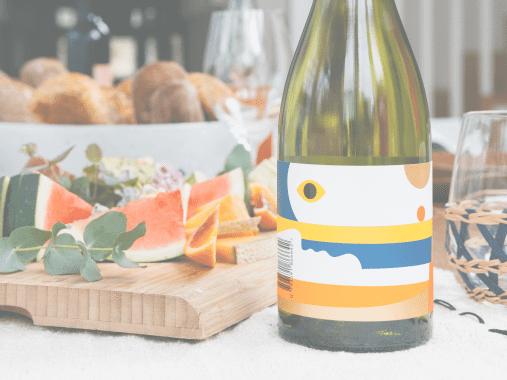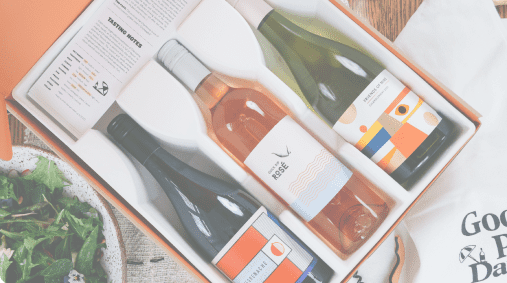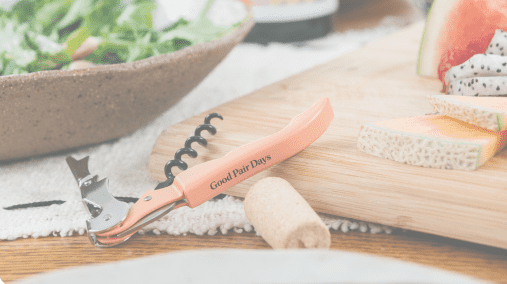Dolcetto

Guides>Grape Varieties>Red Grape Types>Dolcetto
CONTENTS


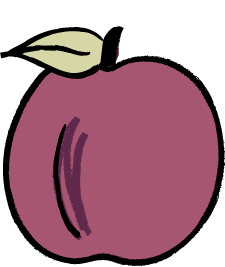

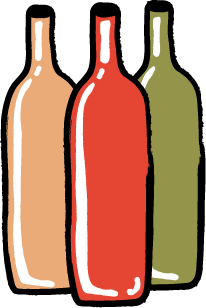
Dolcetto
TL; DR
The name translates as 'Little Sweet One' — the Italian slurping red! Don't be deceived by the name though, this wine is pretty much always dry.

So, what is it?
Dolcetto is a light and fresh red that is found in the north-west of Italy in the Piedmont region. It labours under the shadow of Nebbiolo here, the more famous grape of the region, but deserves a bit of attention itself. Especially since it's an utterly ideal wine to pair with fun Italian fare, with its juicy, soft and fruity charm!

Where does Dolcetto come from?
Some say that Dolcetto originated in France and was brought to Italy sometime in the 11th century. But others believe the grape originated in the same region it thrives in most today, Piedmont, Italy!
Who's famous for Dolcetto?
The Piedmont region of Italy is the heartland of Dolcetto. It is considered an early ripening grape and does well in cooler sites here. So you'll often see it planted in elevations that might be too cold for other grapes to grow. These cooler locations help the grape to avoid premature ripening, and loss of acidity, which Dolcetto only has moderate amounts of, to begin with.
Within Piedmont, there are several sub-regions dedicated to the grape entirely, such as Dogliani and Diano d'Alba. So if you see either of those regions on a bottle of wine, its contents are 100% Dolcetto!
Though Italy holds the lion's share of Dolcetto plantings across the globe (98%) some exciting examples have recently been coming out of cool sites in Australia and the USA.
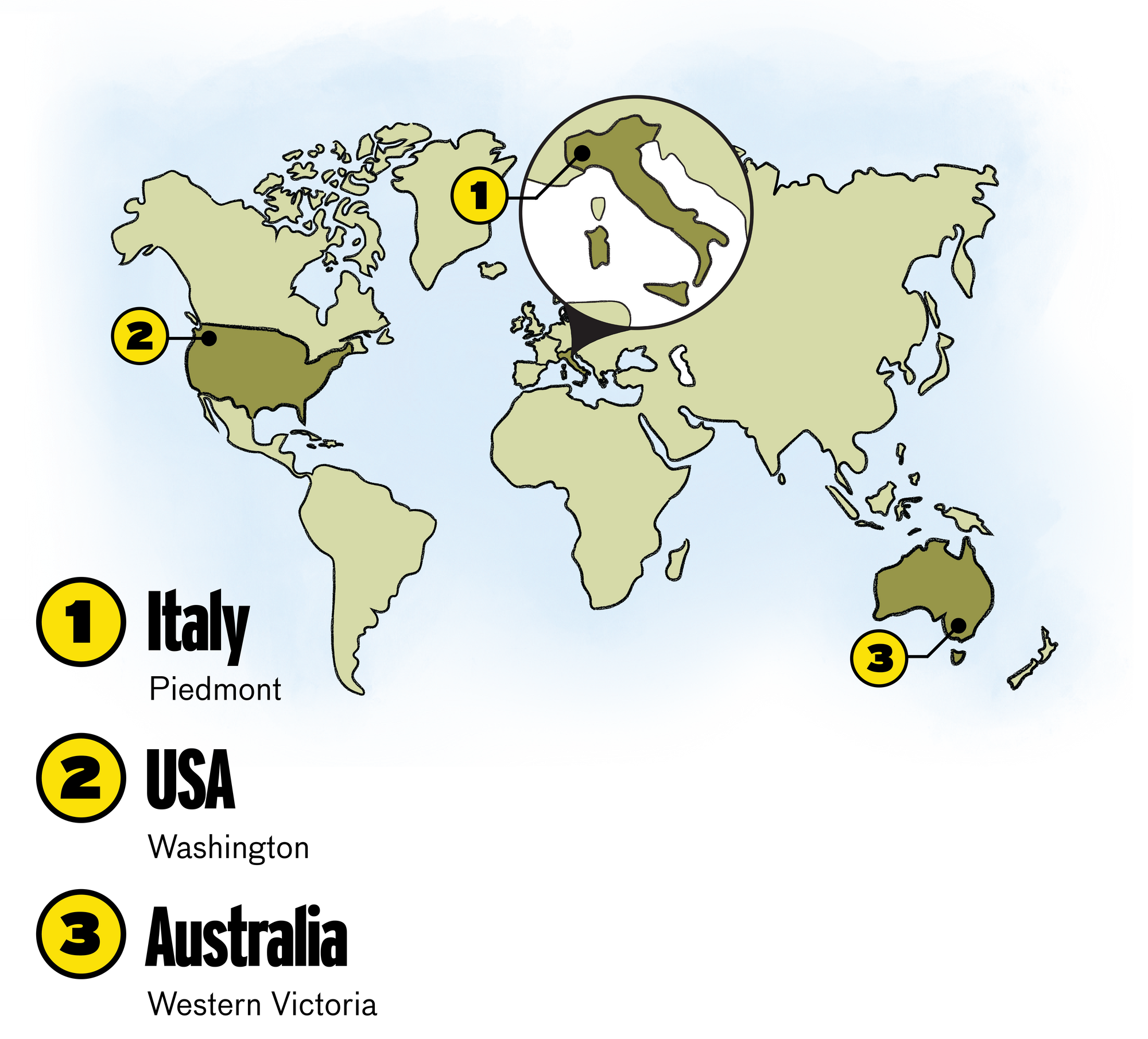
What does it taste like?
Dolcetto wines are generally soft and medium-bodied with lots of juicy fruit flavours, subtle spicy aromas and earthy undertones. The fruit profile tends to be black cherry, plum and blackberry and you'll often notice a delicate floral note too. Typically Dolcetto wines aren't too heavy and are moderate in acidity, though some examples can carry a surprising dose of tannin. Dolcetto doesn't need a lot of oak (if any), so overall, flavours tend to stay inviting, bright and youthful.


Main styles it's known for?
Dolcetto wines are typically meant to be enjoyed in their youth (within less than 5 years from harvest). However, occasionally producers try to make a more serious wine out of it; a style that ages longer and sees more time in oak, is fuller-bodied, more tannic, and overall more akin to the style of other local varietals in Piedmont such as Nebbiolo. But in our opinion, they miss the whole point of Dolcetto. It shines best as a juicy, medium-bodied and easy-drinking red! Full of charm. The kind you bring to a picnic in the park — one of those reds that is totally chillable and dangerously slurpable.


Which foods should you pair with Dolcetto?
Dolcetto is a super fun food wine. It's a great match with home-cooked casual favourites, like eggplant parmigiana, lasagne, and spaghetti and meatball dishes. And when you're working from a recipe, never be shy to add a little more cheese or garlic than called for. It's also a delicious pizza wine and works well with spicy vegetable curries. So have a bottle on hand for next Friday night's takeaway. How fun!


Fun fact
Dolcetto has had some recent outstanding vintages, with 2018 and 2019 being standouts!

If you like this, you should also give these grapes a guzzle...
About the Author & Artist
Alex Tanner is a certified sommelier that spends more time running in old-growth forests than any other somm — impulsively training her nose while at it! A talented illustrator with a unique style, her doodling works are inspired by the world of wine - and somehow, seem to improve after a glass or two.









